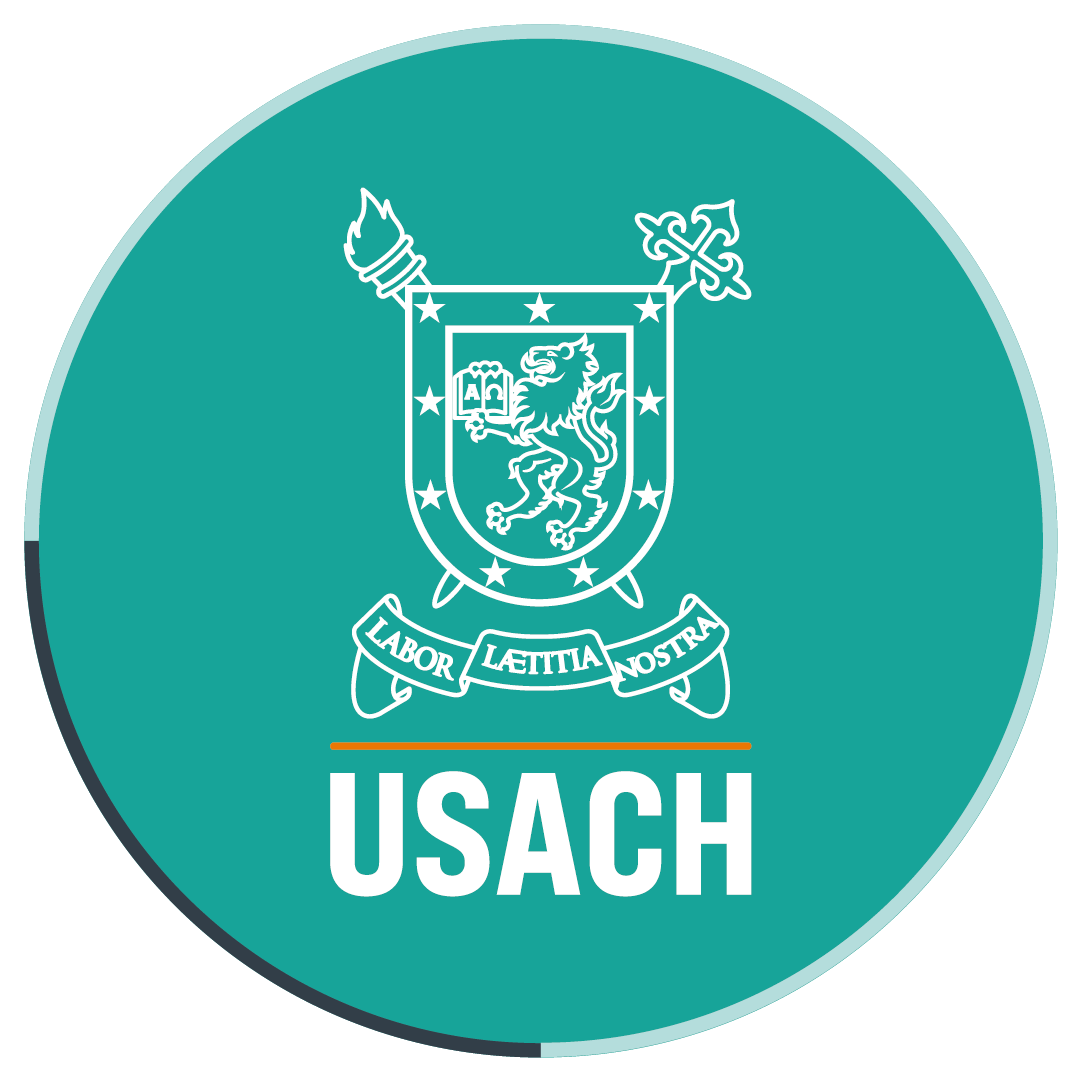Researcher of Faculty of Chemistry and Biology joints editorial board of renowned scientific journal
- In recognition of his extensive career in the area of electrochemistry, Dr. José Zagal, professor at the Department of Chemistry of Materials, was invited to be part of the editorial board of Electrochemistry Communications, an international journal with the higher impact index in its field.
Dr. José Zagal, professor at the Department of Chemistry of Materials of our university, was selected to be part of the editorial board of Electrochemistry Communications, the renowned scientific journal partnered with Elsevier that has the higher impact index in the field of electrochemistry.
In a conversation with UdeSantiago al Día, the academic said that he understood his inclusion in the board as “recognition of my work over many years; but most important, the recognition of a work that has mainly been done by a team.”
Professor Zagal has a vast experience in the scientific research field, particularly in the study of oxygen and reactivity. He started to work at Universidad de Santiago 40 years ago and he has kept on publishing specialized articles in his field of interest since then.
Besides, he has been part of editorial boards of different scientific journals, like the International Journal of Electrochemistry of Hindawi Publishing Corporation, since 2011 and the International Journal of Biotechnology & Biochemistry (IJBB), since 2012.
Zagal said that it is very important that both students and academics produce publications in their fields and get involved in different creative processes “to contribute not only to this University’s development but to all the country.”
“I think that it is necessary that students in any program should take part in creative and practical processes, that is to say, they should get involved in laboratory work since their first years at the university, so that they produce new knowledge that can reach most of the people through renowned publications,” he said.
“Publishing research results is essential. When you make public the work you do, your work becomes recognized in that field and, at the same time, you spread new knowledge,” he added.
For this reason, professor Zagal expects that his role at the Electrochemistry Communications’ editorial board means a contribution to the promotion of sciences and to the better positioning of Universidad de Santiago de Chile.
“You stay at this university because you love it and not for the money. Many researchers here might well be working at private sector companies, but they stay here because they feel a real bond with this institution,” he said.
“For the love that I have for this University, I expect that my inclusion in the editorial board will benefit the institution and will contribute to spread knowledge among society,” Dr. Zagal concluded.
Translated by Marcela Contreras

